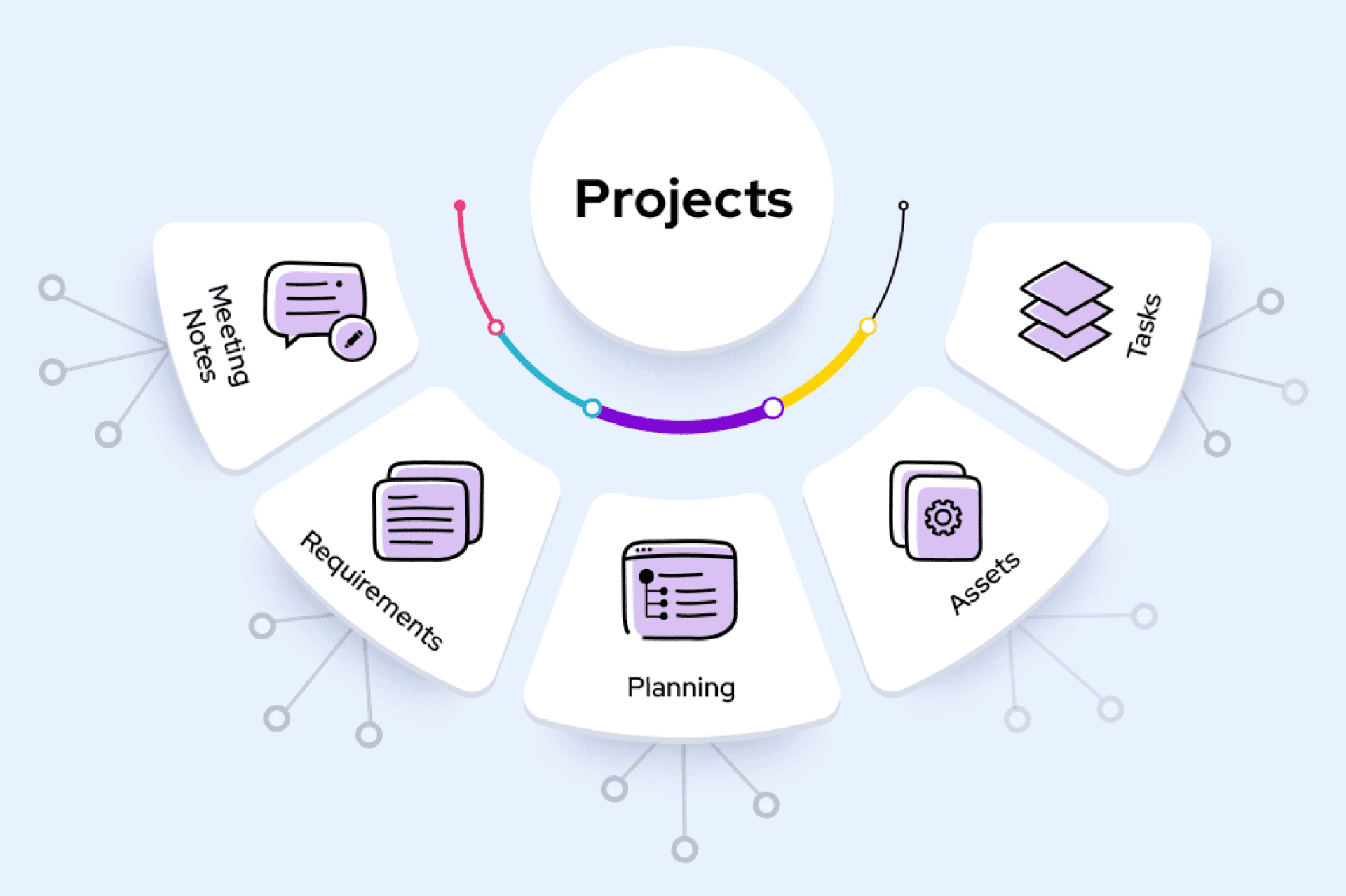Why Choose Us
Clear, structured, and accessible documentation is key to successful project delivery and long-term scalability. At ZestGeek, we treat documentation as a first-class deliverable, not an afterthought. From the first discovery session to post-launch support, we ensure every technical and strategic detail is properly recorded, shared, and maintained. Clear breakdown of backend, frontend, APIs, and database structure, including third-party integrations and infrastructure setup. Detailed descriptions of all core features and user stories, including business logic, user roles, and edge cases.
REST or GraphQL endpoint references with methods, request/response formats, and authentication details are developer-ready and easy to consume. Step-by-step guidance for hosting, environment setup, build scripts, and pipeline automation. Intuitive manuals for end-users and administrators, complete with screenshots, instructions, and workflows. Tracked updates, feature releases, and bug fixes for complete transparency across iterations.




